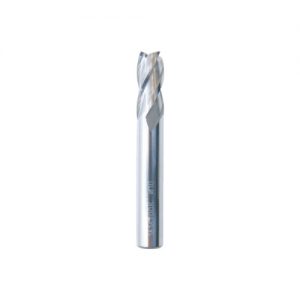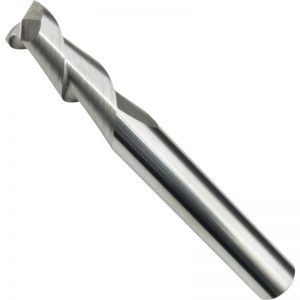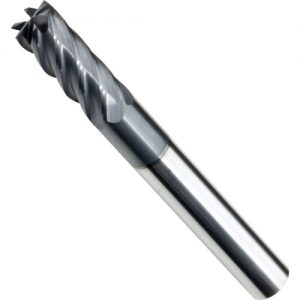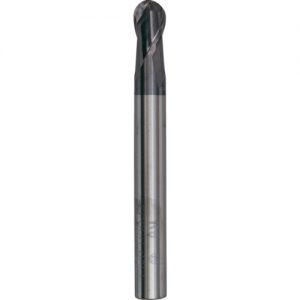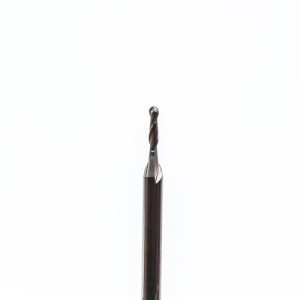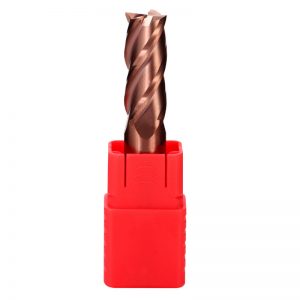Turn the heavy
Ceramic cutting tools, such as the luye gem-7 composite and wg-300 whiskers, combine with a sturdy, well-designed support system to produce a green leaf blade system.
carbide
GL provides a hard alloy blade from sub-micron c-1 to c-8. As a coating carbide industry pioneer, GL provides a variety of coatings, coatings and coatings
PHVD coated grades. The carbide blade can be processed in rough with a multipurpose fractal in the ANSI standard geometry.
coating
A high – speed performance grade for rotating and milling cast iron. H-35023 has an advanced mt-chvd coating for enzyme abrasion resistance. The application range includes coarse iron materials, including gray cast iron, ductile iron, nodular cast iron and other alloy cast iron materials. H-35023 high wear and impact resistance allows processing in high speed and multiple feeds.
H-35035 is a high-performance CHVD coating grade for rotating all types of steel and choosing stainless steel.
H-35035 can be used for rough and semi-finishing, which can be used to resist thermal deformation, thermal shock and wear. H-35035 should apply to high speed and a range of feeds.
High performance a coating for high performance of milling steel. H-35036 should be used when milling forging and casting steel and selected ductile irons. H-35036 has unique toughness and heat resistance, making it suitable for heavy duty and light milling with high cutting speed.
H-35040 is a hard shell coating for low speed, high feed carbon steel and alloy steel, cast iron and cast iron. Other applications of ga-35040 include milling and interruption of stainless steel rotation and selection of high temperature alloys.
This multi-layer CHVD coating is rated in severe machining applications and requires resistance to mechanical shock. G – 9315 multi-layer pHvd coating grade for milling and rotating high temperature alloys, stainless steel and low carbon steel.
